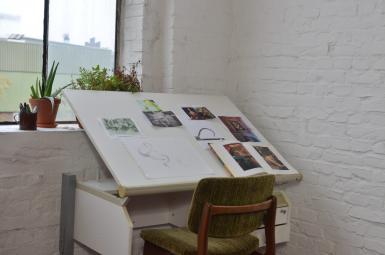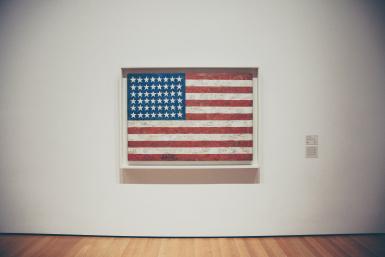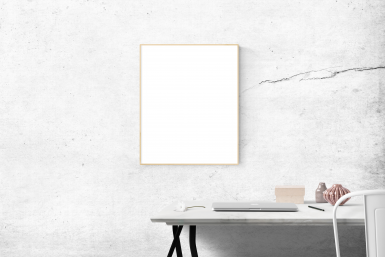
A Beginners Guide To Vector Art

Vector art, also known as draw graphics, is a style of artwork that has been created using a vector graphics program, such as Illustrator, CorelDraw or InkScape. You may not have heard about Vector art until today, but we can assure you that you’ve probably interacted with it or seen it in action without even realising it.
Vector art is mainly used in the promotional products industry as it focuses heavily on graphics and design. It ensures the highest quality print results and it guarantees that your image can be resized without losing any of the resolution.
If you’re an avid reader you’ll know that here at Parrot Print we enjoy talking about new photography techniques. We recently discussed light photography and HDR photography methods, and today we’re giving you an in-depth introduction on how you can improve your canvas prints by using vector art.
What is vector art?
It’s time to get technical because the definition of vector graphics is rather complicated. Vector files define a graphic by using mathematical algorithms, which allow the image to be scaled or modified without loss of image quality or resolution. If your artwork is in the vector format it allows you to change the size of the graphic without compromising the integrity of the original image. If you use this format your images will be crisp and clear, so no matter what size your canvas print is, your final image will look exactly how you captured it.
We understand this can be quite a hard method to get to grips with. Just remember that if you want to improve your canvas prints with a vector art method, our advanced algorithm software can instantly determine the quality of your photos, allowing you to only choose the canvas sizes that are compatible with your image. This eliminates pixilation, resulting in high-quality canvases every time – think of it as a little photography secret!
Why can’t I use a Bitmap or JPEG file?
Unfortunately, bitmap files, JPEGs and PDF images can’t be used because they can’t be resized or modified without resulting in a poor quality image. Give it a go, try and enlarge the size of a non-vector image and watch how it becomes pixelated and blurry when you print it.
Again, if you want to improve your vector art skills to create better quality canvas prints, then we’ll let you in on another secret. If you upload your bitmap, JPEG or PDF image here, our cutting edge of proprietary software will increase the size of your image without loss of sharpness or detail. Trust us, your canvas prints will look like they were created by a vector pro!
How do I convert my artwork into a vectored format?
If you do want to give vector art a go or wish to see how your images differ in this format, then you should be able to convert your JPEG or bitmap file into a vector one using your computer. If you didn’t capture the image you want converting, you’ll have to get in touch with the designer or photographer who did, so they can convert it for you.
Can I tell if my art is already vectored?
It’s incredibly easy to tell if you have the Adobe Illustrator software installed onto your computer. If you draw a select box around your image and loads of blue lines appear then it’s a vectored image. However, if there’s only a basic frame with no blue lines then it’s not a vectored image - simple!
What programs do I need?
Adobe Illustrator CS6 or earlier – Adobe Illustrator files are the best for images containing vivid colours and writing. This format is best accepted as an AJ or EPS extension with fonts converted to outlines or included on the disk. Basically, if your image is placed on the file then the original image must be included too. Tip – Adobe Photoshop images placed into Illustrator don’t automatically make the colours high quality for vector art.
Freehand 8.0 and CorelDraw 8.0
These two software programs are also acceptable for vector art. These formats are best accepted with FH or CDR program extensions with fonts converted to outlines. Again, if your image is placed on the file then the original image must be included too - this is very important!
Have you tried vector art before? Don’t forget to share your vector art with us on Facebook and Twitter









